About two years ago, we covered the release of the Radian Memory Systems RMS-325 12GB NVRAM 12TB Flash Card. Now, the next-generation has arrived in the form of the Raidan Memory Systems RMS-350 U.2 SSD that fully supports Open Channel 2.0. The hyper-scale industry is moving towards more software-defined SSDs as hyperscalers have different concerns. Traditional SSDs, like hard drives, are built to answer concerns operating as an important piece of storage in a single server. Now hyperscale players are re-thinking how they manage storage to gain new efficiencies. A noted example of this you can read about in our piece Microsoft Project Denali a Game Changer for Flash Storage at Scale. The Radian Memory Systems RMS-350 SSD takes that vision a step further with unique capabilities.
Radian Memory Systems RMS-350 Open Channel 2.0 SSD
The Radian Memory Systems RMS-350 Open Channel 2.0 SSD has a number of unique features. This generation comes in a U.2 form factor. Storage wise one can get up to 12TB of NAND and up to 12GB of byte addressable NVRAM.
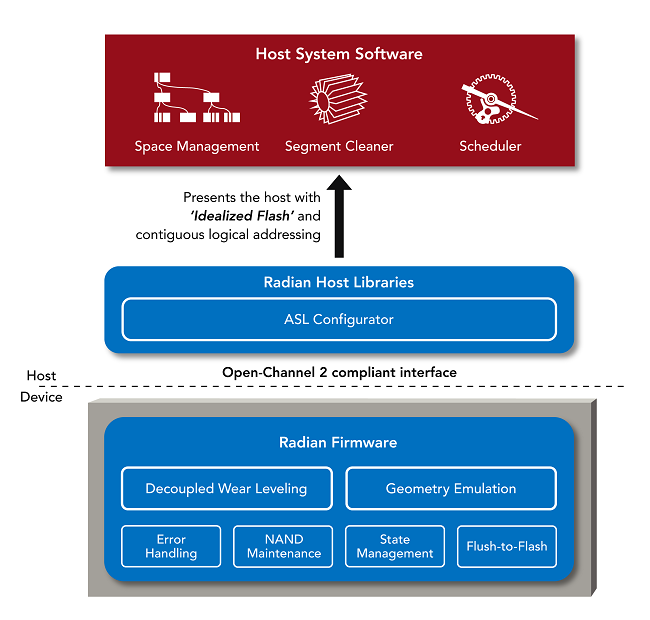
The new drives are targeting large storage arrays where this type of storage model is most useful.
From the Radian Memory Systems RMS-350 Press Release
Here is an excerpt from the Radian Memory Systems RMS-350 press release:
Founded in 2010, Radian has pioneered what is known as Cooperative Flash Management (CFM) technology. “With the RMS-350, we’re leveraging some of our innovative Cooperative Flash Management functionality to bring data center functionality into an SSD with an Open-Channel 2 compliant interface”, said Radian’s CEO, Mike Jadon. While this Radian functionality has been available in the company’s Symphonic SSDs for several years, the RMS-350 represents the first SSD to include it and numerous other features in an SSD with an Open-Channel 2 compliant interface:
Software/Firmware
‘Idealized Flash’
- Geometry emulation abstracts NAND geometry and vendor-specific attributes
- Maintains alignment to the physical memory array
- Abstracts device’s internal management of bad blocks
- Presents ‘Idealized Flash’ to the host
ASL Configurator
- Address Space Layout configurator presents hosts with contiguous logical
addressing (no gaps) for direct access by modern host software stacks - Can subdivide NAND memory into iso-boxes that appear like independent block devices
- Optimizes opposing performance and efficiency tradeoffs unique to Flash memory
Cooperative and ‘Decoupled’ Wear Leveling
- Controller generates wear related metrics and makes them accessible to the host
- Different host-owned, memory controller-owned and shared cooperative modes to offload and simplify host controlled wear leveling
- Enables vendor supported warranties
Cooperative and ‘Decoupled’ NAND Maintenance
- Device handles low level NAND maintenance activities for data retention and to prevent disturbs
- Performs these activities cooperatively under deterministic host scheduling to minimize unpredictable latency spikes
Hardware
- Up to 12GB of PMR style, byte addressable NV-RAM with its up to 12TB of Flash
- Dual port or single port with hot plug/surprise remove
- Fault Tolerant design
- 2 form factor
Radian publicly released Symphonic, the first implementation of a CFM architecture, in 2015. Symphonic redistributes Flash management responsibilities between the host system interface and SSD. This redistribution is based upon space management, data placement, cleaning, and scheduling residing in the host, with media management residing in the device, and these processes being performed under cooperative host control.
As the winner of the Most Innovative Technology award at the 2015 Flash Memory Summit conference, Symphonic:
“…enables the host to control and schedule processes such as garbage collection,
but offloads process execution and lower level media management to the SSD.
…The firmware also transparently handles and abstracts various NAND properties
and programming requirements, including geometry and vendor-specific attributes.
This functionality enables Forward Compatibility to support different NAND devices.
…Enables readily optimizing opposing performance and efficiency constraints unique to Flash memory
…Preserves host data layout optimizations through to physical media ” **
The RMS-350 utilizes this Radian technology, including the ‘Idealized Flash’, ASL Configurator, Cooperative and ‘Decoupled’ Wear Leveling, Cooperative and ‘Decoupled’ NAND Maintenance and other Radian features to deliver an SSD with data center functionality that retains software-defined, host data layout and deterministic host scheduling with an Open-Channel 2 compliant interface.
Also in 2015, the company released the RMS-250 which was the industry’s first CFM Flash SSD and the first Flash SSD to include a type of user accessible Persistent Memory Region (PMR). This byte-addressable, non-volatile user accessible NV-RAM could be memory mapped, or block addressable via standard NVMe™ commands, with unique functionality enabling hosts to control zero-copy transfers of data between the Flash and NV-RAM memory medias.
Now in 2018, the RMS-350 builds upon this same innovative architecture with high-density eTLC Flash and support for Symphonic CFM and Radian’s Open-Channel 2 implementation.
RMS-350 Hardware
The RMS-350 is available in Flash capacities of 3TB, 6TB, or 12TB, along with 4GB or 12GB of PMR style User NV-RAM. The NVMe PCIe Gen3 interface supports dual port 2×2 or single port x4 lane configurations. The drive’s enterprise-class TLC NAND (eTLC) is supported by a robust LDPC error correction engine.
The 4GB or 12GB of PMR style User NV-RAM provides functionality similar to an on-board NV-DIMM-N, but unlike a NV-DIMM, scales with Flash capacity as drives are added to a system, and does so without cabling to remote capacitor packs. This NV-RAM appears as an independent NVMe block device that can be accessed via NVMe, or memory mapped (mmap) as byte accessible (dword) memory for Programmed I/O (PIO).
The RMS-350 includes high availability features such as dual port, hot plug/surprise remove, fault tolerant memory management, and comprehensive diagnostic lifecycle capabilities to meet data center and enterprise OEM requirements.
Availability
RMS-350 evaluation units are available now to select customers and general availability is scheduled for fall 2018. Radian Memory Systems will be exhibiting at the Flash Memory Summit, August 7, 2018.

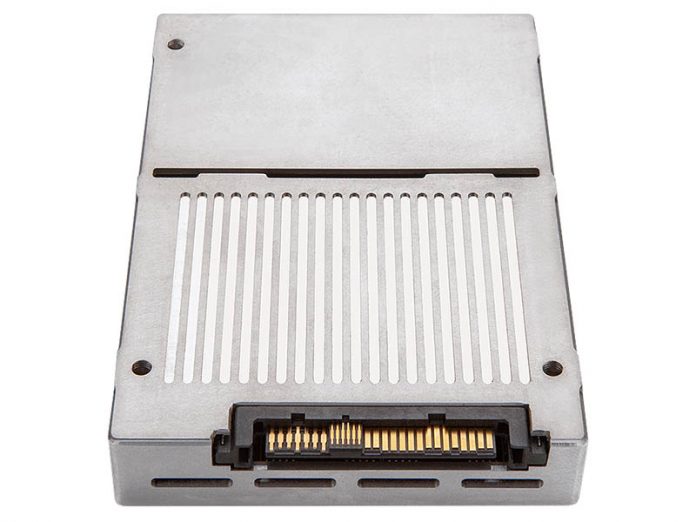
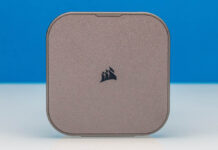
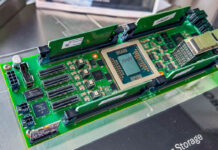
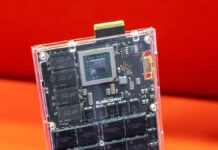
Interesting. Built-in NVRAM device is doubly interesting for applications like ZFS – and i’m sure that’s barely even scratching the surface.
Can’t wait for this stuff to get cheap enough that we can screw around with it in homelabs… Give it five or ten years!